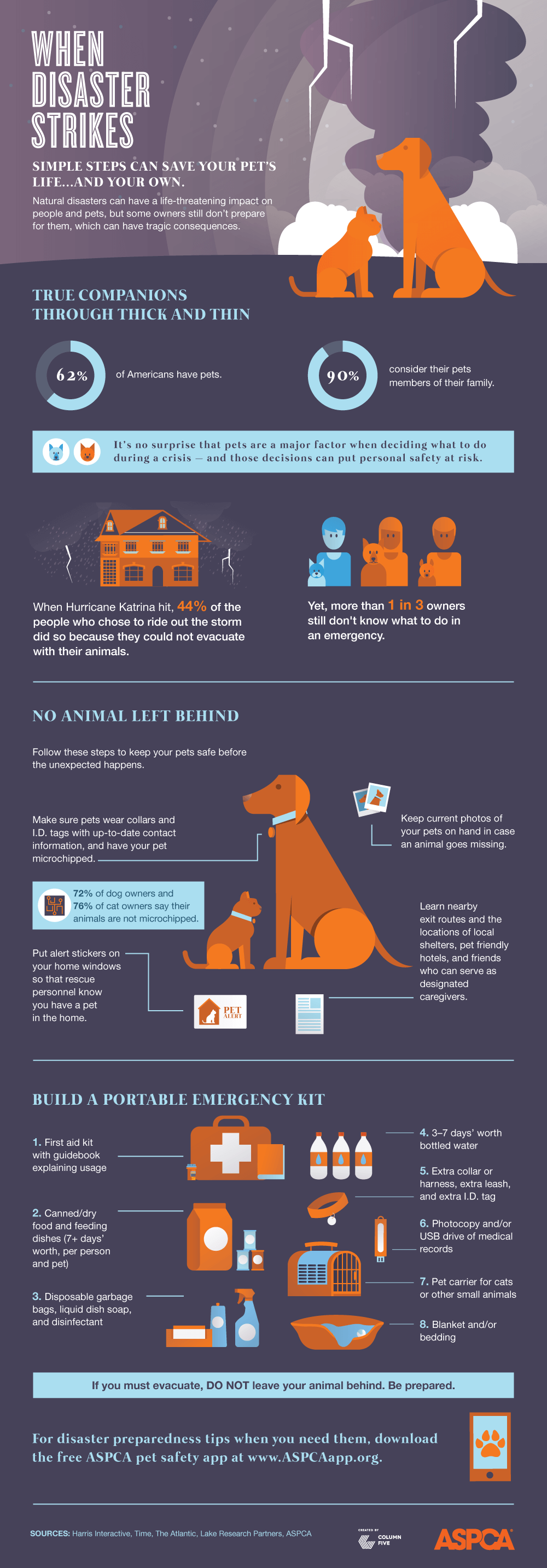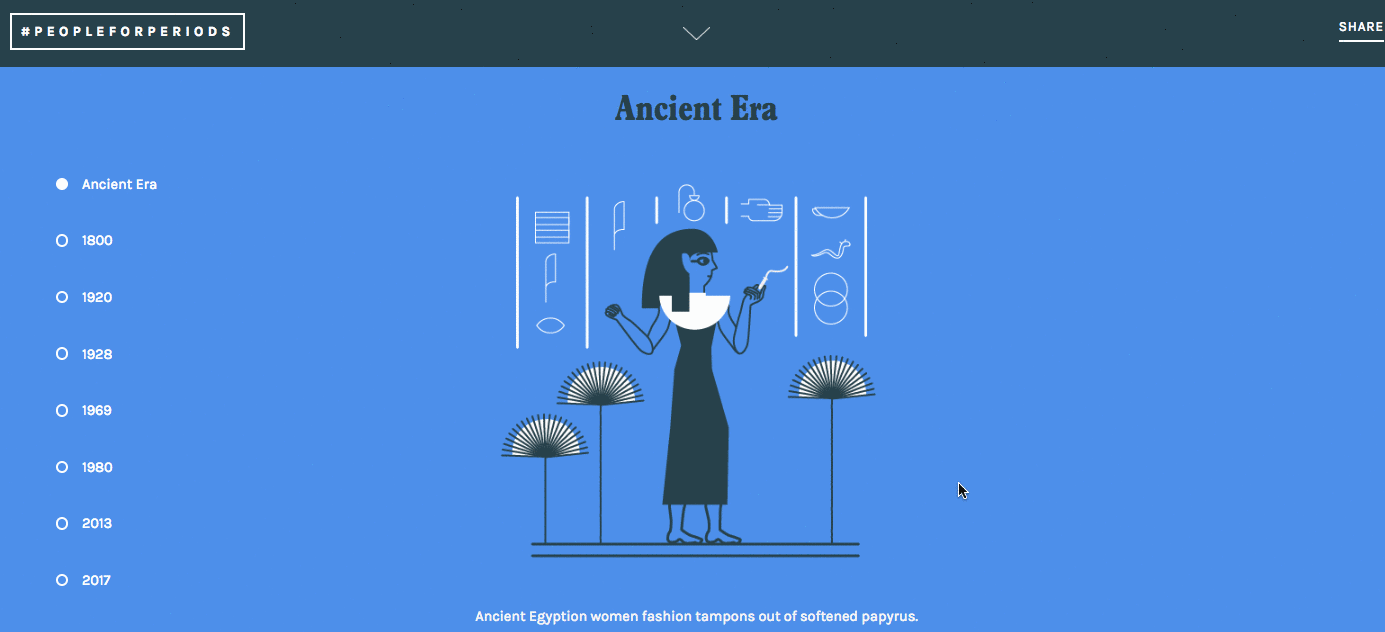Marketing campaigns are a fantastic tool to help you deliver a targeted message through a specific channel, which is why they’re such a crucial part of your content strategy. But not all marketing campaigns succeed the way they should—often because of simple oversights or unwitting mistakes many marketers don’t even realize they’re making.
How do you know if you’re in this boat? There are a few telltale signs: Your marketing campaigns are lackluster, you’re not getting the conversions you want, and you’re feeling stressed out. Don’t feel bad if this is you. We’ve seen brands of all sizes struggle (and we’ve made plenty of marketing mistakes ourselves). Luckily, we’re here to help you spot your weak points and correct course ASAP.
The Top 10 Mistakes in Marketing Campaigns
From misaligned messaging to a lack of brand voice, here are the most common mistakes we see in marketing campaigns, along with our best tips, tools, and fixes to help you get back on track.
Mistake 1: Marketing Campaigns Aren’t Tied to a Clear Goal
This seems like the most obvious mistake, but it’s easy to get excited by individual content ideas and lose sight of your larger goal. Whether it’s a campaign that doesn’t communicate your value prop effectively or doesn’t resonate with the right people, you’re doing yourself a disservice by putting effort into something that doesn’t serve your brand.
The fix: When you brainstorm marketing campaigns, you should be able to justify how every piece of content you make supports your content strategy. If you’re like the 62% of content marketers who don’t have a documented content strategy (according to the Content Marketing Institute), start by documenting your content strategy.
Mistake 2: Brand-Centric Content
This is one of the most common mistakes brands make—no matter their size, no matter their industry. Yes, your brand is making the content, but that content shouldn’t be about your brand.
Good marketing campaigns connect with people through targeted content that provides some sort of value to them. Whether it’s educational, entertaining, or inspiring content, it needs to speak to their needs—not your brand’s wants. (The good news is that when you do this well, they will do what you want.)
The fix: Use empathy. When you’re brainstorming, think of who you’re trying to reach, the problems they face, and the desires they have. What do they want to hear, know, or see? How can you uniquely fill that void? For more inspiration, check out these 9 story ideas to provide value in your next campaign.
Example: This simple ASPCA infographic educates people about how they can save their pet’s life in case of a natural disaster. This is a great way to provide helpful information to pet owners while furthering the organization’s mission: preventing cruelty to animals.

Mistake 3: Using the Wrong Language
People know when they’re being sold to or talked at. (It’s why engagement marketing is quickly surpassing interruption marketing.) If your marketing campaigns feel too corporate, generic, or alienating (e.g., too many buzzwords), they will fail.
The fix: Think of your marketing campaigns as stories, and try to find the emotional hook in your story. (Again, this is why empathy is important.) Also, consider the language you’re using. Make sure you’re speaking to their knowledge level and in your authentic voice. (If you’re not sure what that sounds like, here are 5 ways to find your brand voice.)
Mistake 4: Focusing on Quantity Over Quality
You may think making more content will get you more people, but it’s really the quality of your content that gets them. It’s better to invest in a high-value, evergreen piece of content that you can use for multiple campaigns than sink your resources into a ton of fluff that doesn’t really make an impact.
The fix: You can still maximize your content across channels by thinking intentionally about what you’re creating and how it can be tailored for each channel and group. Microcontent, which is basically smaller content made from larger pieces, is a great way to do this.

Download our free e-book How to Maximize Publishing with Microcontent for more on this.
Mistake 5: Poor Timing
Sure, you can publish your marketing campaigns any time, but some times are certainly better than others. Unfortunately, this is a major opportunity that many marketers miss.
You can greatly increase the impact of your marketing campaigns by pairing them with holidays, seasonal events, social events, company milestones, news stories, etc. As long as it’s a natural tie-in, this approach can help you get featured by publications and influencers, increasing your reach in general.
The fix: Craft an editorial schedule that accounts for these things. Hubspot’s Ultimate Social Media Calendar is a great way to track upcoming events and look for potential tie-ins. That said, beware of hopping on a trend, news story, or event just because it’s popular. We’ve seen that backfire too many times. If are going to do it, follow our guide to newsjacking without being a jackass.
Also, remember to bake in enough lead time for promotion, as many publications work far ahead of time. (For more ways to get coverage, check out our tips to promote your content like an agency.)
Example: In honor of Women’s Health Week, we published our educational People for Periods interactive as part of a campaign to help destigmatize menstruation. This subject was a natural fit for the female-focused holiday, and it helped us get placement in major publications like Mashable.

Mistake 6: Trying to Do Too Much
Marketing campaigns can be any size, and it’s fun to brainstorm big ideas when you’re inspired. But trying to do too much in one campaign can hurt you more than it can help. Whether you’re trying to tell too many stories or producing more complicated content that you don’t have the skills or knowledge for (e.g., interactive or video), you risk diluting your message or creating something that doesn’t make an impact.
The fix: Start small. A smaller but well-produced piece of content can serve you better than a larger piece that’s half the quality. Not only does this give you more control but you can test it and tweak according to your results. Once you succeed with that smaller effort, you can scale for larger campaigns.
Mistake 7: The Wrong Metrics
Metrics help you measure your success, allowing you to tweak and refine your campaigns to improve your results. You may have your metrics in place, but if they aren’t providing the insights you need, they aren’t working for you.
The fix: Any time you start a new marketing campaign, you should identify (or reassess) your metrics to make sure they’re aligned to your campaign goals. Follow our guide to find out which metrics are right for you.
Mistake 8: Content Isn’t Optimized
While a marketing campaign may be targeted to one channel, there are many ways that people may come across your content. Organic search is a huge one, but if your content isn’t optimized for SEO, you’ll be missing out on a ton of sweet traffic.
The fix: Use the right keywords (here’s how to find them), and optimize everything from your infographics to your blog. Also make sure your sharing buttons are working and your CTAs are strong.
Mistake 9: Branding Is Missing
Marketing campaigns shouldn’t be built around brand-centric content (remember: provide value first). But people should know it’s you who’s creating the content. Telling your brand story consistently and cohesively is the key to increasing brand awareness and building a relationship. If you’re creating great content—but nobody knows it’s from you—you’re doing yourself a disservice.
The fix: Make sure your marketing campaigns reflect your visual identity, voice, and personality. Create clear and easy-to-apply brand guidelines that all content creators can use. This ensures consistency across channels. (Here’s how to craft those guidelines.)
Example: This motion graphic explainer video by Intuit provides an overview of the QuickBooks Invoice with Google Calendar app while expertly incorporating the brand’s vibrant green color into visual elements throughout the video.
Mistake 10: You’re Not Experimenting
We’re all risk averse, but in content marketing, playing it safe won’t always move the needle. Oftentimes marketing campaigns become sterilized or watered down because stakeholders get too nervous to deviate too far. But if you want better results, you need to make bold moves.
The fix: If your marketing campaigns have become stagnant, experiment with a new format or mix it up in other ways. Again, if you start small, there are less stakes—but you might stumble upon something that will take your campaigns to the next level.
Keep Learning, and Keep Growing
Every marketing campaign teaches you something, especially when you push yourself to grow and try new things. No matter what your message is, make sure you’re educating yourself, expanding your skills, and refining your content strategy to align with your long-term goals. For more ways to do that:
- Check out our step-by-step guide to create successful content marketing campaigns.
- Find out how to improve your content creation process, from brainstorm to final product.
- Work more efficiently with these 100+ tools for content creation.
And if you’re inspired to tell your brand story in a different way (but don’t have the knowledge, skills, or bandwidth to do it), hit us up.





This is very useful & I found the content highly inspiring.
Happy to hear it!